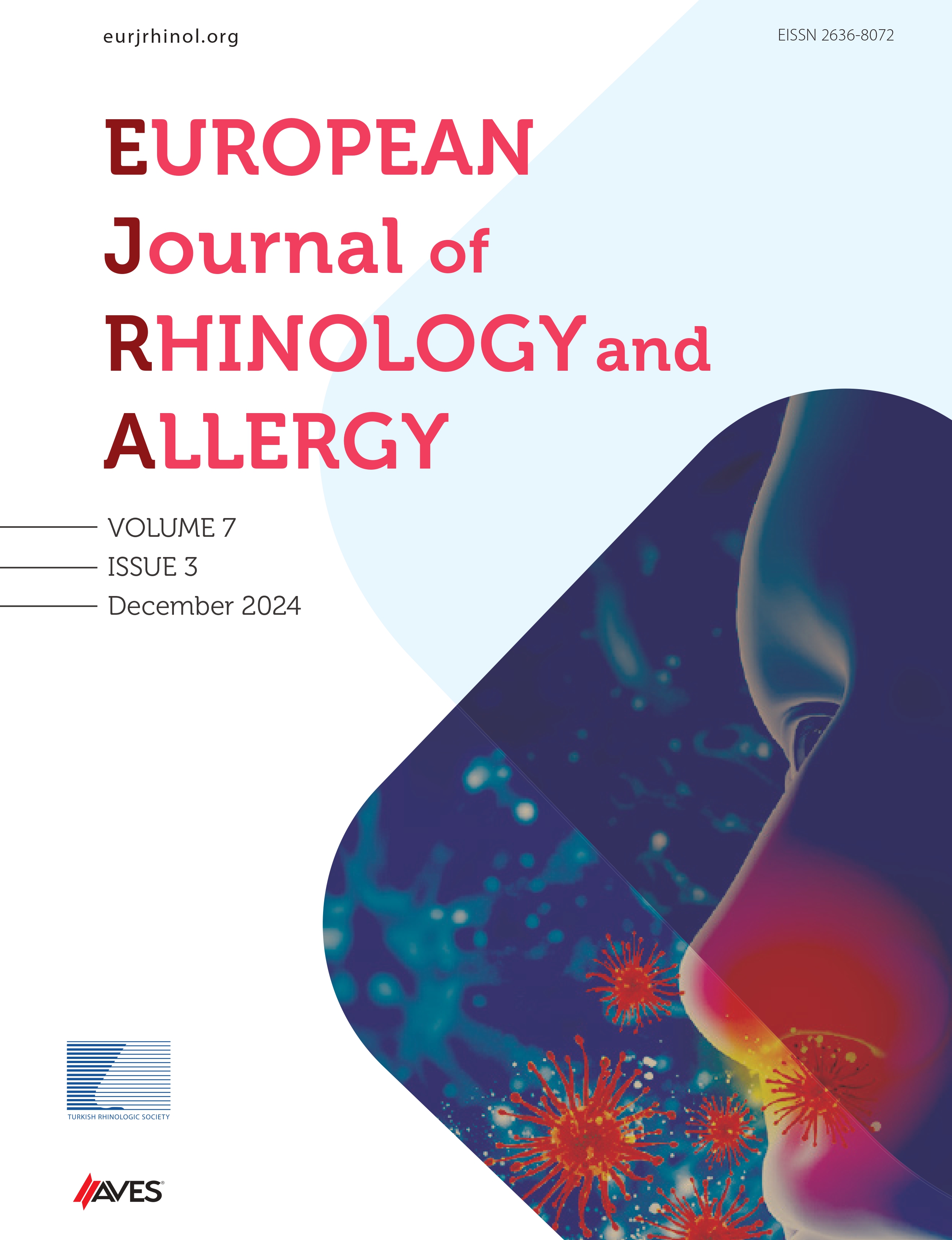Objective: Tonsillectomy is a very common operation performed by otolaryngologists. Post-tonsillectomy hemorrhage continues to be a serious complication. The effects of age and surgical technique on this complication are still debated in the literature. The aim of this study was to compare post-tonsillectomy hemorrhage rates among pediatric age groups and different surgical techniques.
Methods: Pediatric patients who underwent tonsillectomy were retrospectively analyzed. Four age groups (0-2 years—infancy; ≥ 3-6 years—early childhood; ≥ 7-10 years—middle childhood; ≥ 11-18 years—adolescence) and 3 surgical techniques (Coblation® intracapsular tonsillectomy, Monopolar diathermy, Cold knife dissection) were compared.
Results: The mean age of 1371 patients included in the study was 5.9 (standard deviation=3). Postoperative hemorrhage occurred in 3.7% of patients. In the early childhood period, bleeding was not observed in the Coblation® intracapsular tonsillectomy group, while it was 2% in the monopolar diathermy group and 4.2% in the cold knife dissection group (P=.047). Coblation® intracapsular tonsillectomy and monopolar diathermy groups were determined to be significantly lower bleeding in pre-adolescence and pre-middle childhood periods, respectively (P=.046, P=.011). Statistical difference was not found in hemorrhage rates among age groups in patients upon whom cold knife dissection was used (P=.766).
Conclusions: Post-tonsillectomy hemorrhage is associated with pediatric age. The combination of cold and hot techniques makes it difficult to compare the 2 techniques. However, partial tonsillectomy using Coblation® causes less bleeding in pre-adolescence terms.
Cite this article as: Çelikal Ö, Eroğlu E, Önder Günaydın R. Post-tonsillectomy hemorrhage in pediatric patients: comparison of age groups and surgical techniques. Eur J Rhinol Allergy 2023;6(2):45-48.

.png)

.png)